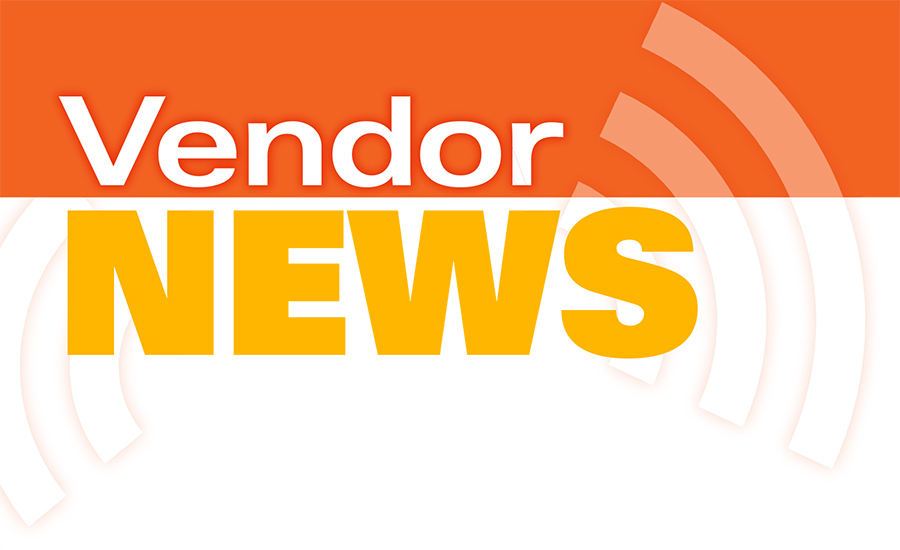By Matt Burtney
I saw a Reddit thread the other day asking the question “who pays for PPE? Is it an employee or the employer?” The replies were varied but were none definite. So with the safety bat signal in the air and people pleading for help, I hit the books.
Here’s what I found:
It depends on where you live:
The United States:
In 2008, OSHA, outlined employer requirements for purchasing and providing PPE to employees that complies with OSHA standards.
If only Canada was that simple…
Canada:
Not only does Canada not have a definitive piece of federal legislation, the laws that do exist avoid the purchasing question altogether. With few exceptions, it is up to the provinces and territories to put their own laws in place.
Some provinces, like British Columbia, spell it out that a worker is responsible for providing:
- Clothing needed for protection against the natural elements.
- General purpose work gloves.
- Appropriate footwear including safety footwear.
- Safety headgear.
The employer must provide all other items of PPE required by legislation at no cost to the worker.
Other provinces, like Ontario, confuse both employers and employees on the topic. Section 25 of the province’s Occupational Health and Safety Act says that employers must ensure the equipment, materials and protective devices as prescribed are provided.
Provide means make available:
Don Brown, Ministry Of Labour specialist stated in an interview with ohscanada.com “the legislation does not legally define the word “provide,” many lay people believe that provide means pay, but without a legal definition, we can only look to the Oxford dictionary.” It defines “provide” as to cause to have possession or use of, to supply, make available. By default this places the burden on the worker.
What does it all mean?
The simplest answer is that it means employees who are trying to pay for food, rent and car loans are also getting stuck with the bill for staying safe at work. The onus of complying with company safety policy or provincial regulations shifts to the individual.
It also means that the employer isn’t necessarily controlling what safety equipment is being used and that there may not be standardized PPE being worn on work sites.
As we discussed in our article The 7 Dangers of Rogue Glove Buying this leads to higher costs and means workers are looking at the bottom line instead of selecting the PPE that will properly protect them on the job.
Click here to visit the Superior Glove Work and Safety Blog.




